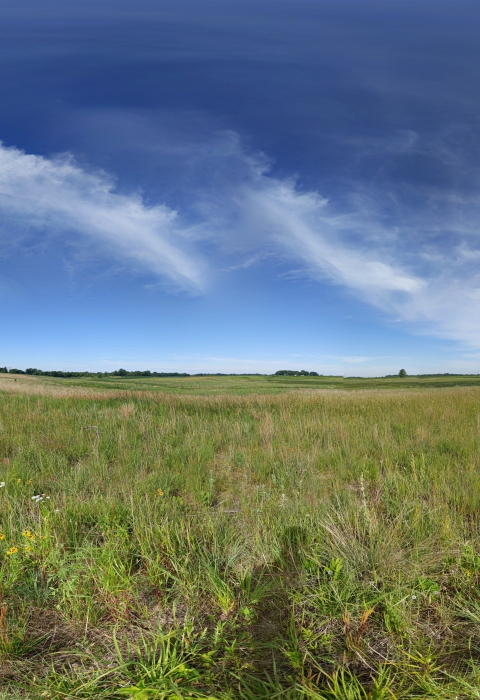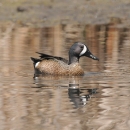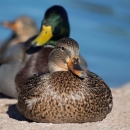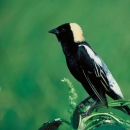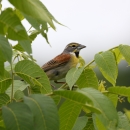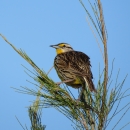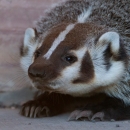Seasons of Wildlife
Spring and fall can be great times to witness numerous bird species as they migrate to and from their breeding habitat. Waterfowl production areas can become cacophonous in the spring with dozens of bird species singing concurrently, which may abruptly end as birds begin to secretly sit on their eggs.
By summer, visitors may start to see ducklings, large goslings, or maybe even cygnets (baby swans) swimming around the periphery of wetlands. Young songbirds can be seen tipping front to back as they learn to balance on blades of grass or twigs.
By late summer and early fall, visitors may see signs of beavers as they start to prepare for winter, caching twigs and branches for their winter provisions.
By mid-winter bald eagles become restless and start to test and reinforce their nests. There is no wrong time to visit a wetland management district.
Featured Species
Wetland management districts were established to protect and manage smaller tracts of land spread throughout the primary waterfowl producing region of the country, known as the prairie pothole region. Preserving this habitat with conservation easements and waterfowl production areas is critical for the long-term survival of many waterfowl and grassland dependent species. Visitors to waterfowl production areas will often encounter the species these lands were established to protect ducks, geese, and swans. Grassland birds are also a primary focus for wetland management districts, and the habitat provided on waterfowl production areas is often some of the only nesting habitat left in the area. Other wildlife commonly encountered throughout the wildlife district include white-tailed deer, beavers, muskrats, bald eagles, and more.
